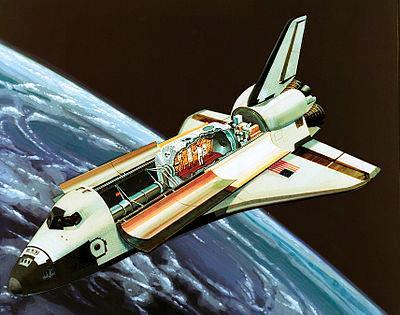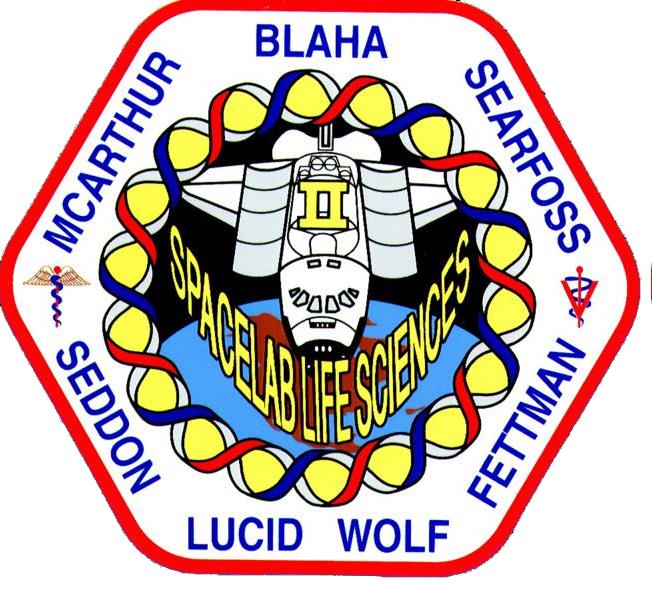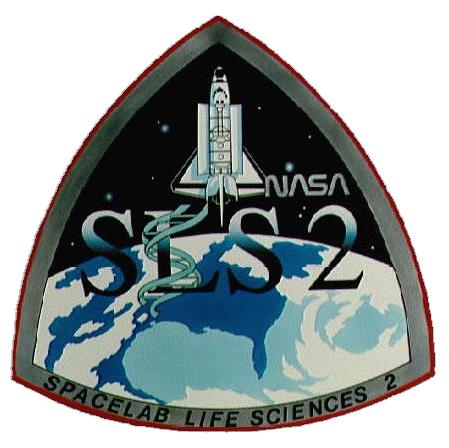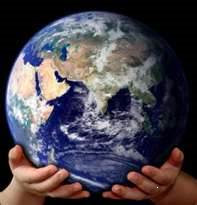William S. McArthur
Spacelab 017 - STS-58
Mission Name: SLS-2
Astronauts:
Command Pilot:
John E. Blaha
(Fourth Space Flight)
Pilot:
Richard A. Searfoss
(First Space Flight) Mission Specialist 1:
M. Rhea
Payload Commander Mission Specialist 2:
(First Space Flight)
Mission Specialist 3:
David A. Wolf
(First Space Flight) Payload Specialist 1:
Shannon W. Lucid
(Fourth Space Flight) Payload Specialist 2:
Martin J. Fettman
(Only Space Flight)
Spacelab was a reusable laboratory used on certain spaceflights flown by the Space Shuttle. The laboratory comprised multiple components, including a pressurized module, an unpressurized carrier and other related hardware housed in the Shuttle's cargo bay. The components were arranged in various configurations to meet the needs of each spaceflight.
Spacelab components flew on 22 Shuttle missions between November 1983 and April 1998. Spacelab allowed scientists to perform experiments in microgravity in Earth orbit.
Second dedicated Spacelab Life Sciences mission (SLS- 2). Fourteen experiments conducted in four areas: regulatory physiology, cardiovascular/cardiopulmonary, musculoskeletal and neuroscience. Eight of the experiments focused on crew; six on 48 rodents. Crew collected more than 650 different samples from themselves and rodents, increasing statistical base for life sciences research. Combined data from SLS-1 and SLS-2 will help build comprehensive picture of how humans and animals adapt to weightlessness.
Cardiovascular investigations: Inflight Study of Cardiovascular Deconditioning; Cardiovascular Adaptation to Zero Gravity; Pulmonary Function during Weightlessness. Regulatory physiology investigations: Fluid Electrolyte Regulation during Space flight; Regulation of Blood Volume during Space flight; Regulation of Erythropoiesis in Rats during Space flight; Influence of Space flight on Erythrokinetics in Man. Musculoskeletal investigations: Protein Metabolism during Space flight; Effects of Zero Gravity on the Functional and Biochemical Properties of Antigravity Skeletal Muscle; Effects of Microgravity on the Electron Microscopy, Histochemistry and Protease Activities of Rat Hindlimb Muscles; Pathophysiology of Mineral Loss during Space flight; Bone, Calcium and Spaceflight. Neuroscience investigations: Study of the Effects of Space Travel on Mammalian Gravity Receptors; Vestibular Experiments in Spacelab.
For one of the neurovestibular experiments, the Rotating Dome Experiment, crew worked with first flight prototype of Astronaut Science Advisor (ASA), a laptop computer designed to assist astronauts conducting experiments; also called "principal investigator in a box" because it can increase efficiency of experiment activities.
Six rodents were killed and dissected during mission, yielding first tissue samples collected in space and not altered by re-exposure to Earth's gravity.
Other experiments: Orbital Acceleration Research Experiment (OARE); Shuttle Amateur Radio Experiment (SAREX). Also performed: Pilot Inflight Landing Operations Trainer (PILOT), portable laptop computer simulator to allow pilot and commander to maintain proficiency for approach and landing during longer missions.
With completion of her fourth space flight, Lucid accumulated most flight time for a female astronaut on the shuttle, 838 hours.
Spacelab Space Missions
Study Research
Space Cosmology
Science Research
*
About
Science Research
Science Theories
Site Map
BookShelf
Desk
Copyright © by Nigel G Wilcox · All Rights reserved · E-Mail: ngwilcox100@gmail.com
Designed by Nigel G Wilcox
Powered By AM3L1A
Pages within this section: Spacelab 01-32
Spacelab B11- 20
Sub-Menu
11
M
menu
12
13
14
15
16
17
8
19
20
18
>>>
C
SM
(Third Space Flight)










